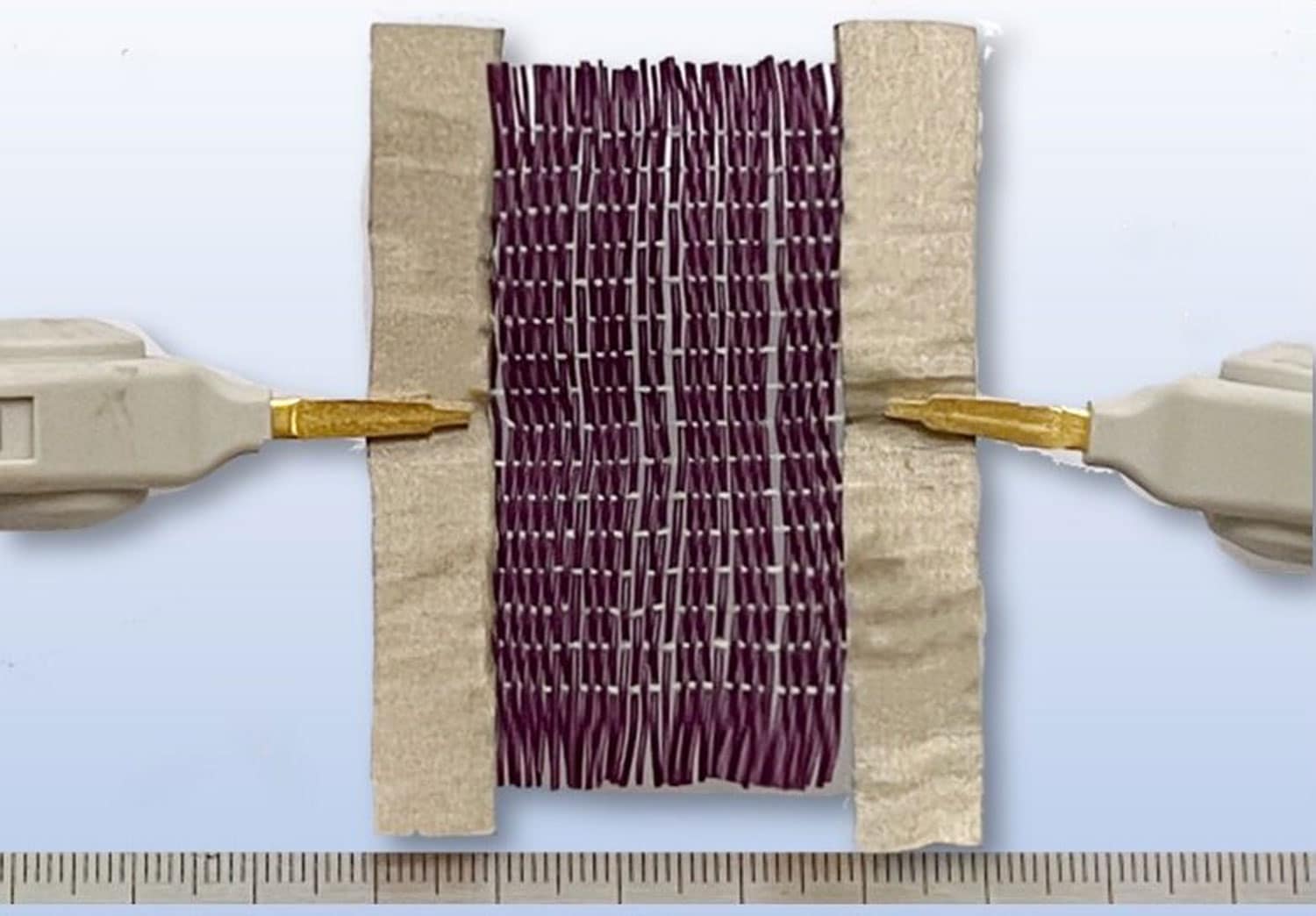
TAMPA, Fla. — U.S.-based Norwegian Cruise Line (NCL) said April 6 it has started trialing Starlink ahead of plans to potentially deploy the satellite broadband service across eight cruise ships this year.
The company is testing the low Earth orbit (LEO) network on Norwegian Breakaway, one of 29 ships in a fleet it plans to expand to 37 vessels over the next five years.
Three of these new additions are slated to enter service this year — Vista, Norwegian Viva, and Seven Seas Grandeur — and NCL said they could all be equipped with Starlink terminals if trials are successful.
“A comprehensive rollout plan is under development and details regarding timeline and availability on specific ships will be communicated once finalized,” NCL said in a news release.
Royal Caribbean Group said it had become the first cruise liner to adopt Starlink Aug. 30, just months after SpaceX received regulatory permission to connect boats, aircraft, and other moving vehicles to its LEO constellation.
SpaceX has been busy signing up other companies to its maritime service since then, including Carnival, the world’s largest cruise company with nearly 100 ships.
According to Starlink’s website, it is able to provide connectivity “to the vast majority of the Earth’s oceans and seas.” Prices for its maritime services start at $1,000 month and a $2,500 one-time hardware cost for up to 220 megabits per second download speeds.
Starlink’s maritime expansion adds more competition in a market seen as an important source of growth for satellite operators including SES, which says it serves five out of the six major cruise operators, although some customers are using multiple connectivity providers for redundancy — at least for now.

Jason Rainbow writes about satellite telecom, space finance and commercial markets for SpaceNews. He has spent more than a decade covering the global space industry as a business journalist. Previously, he was Group Editor-in-Chief for Finance Information…More by Jason Rainbow
Note: This article have been indexed to our site. We do not claim legitimacy, ownership or copyright of any of the content above. To see the article at original source Click Here












